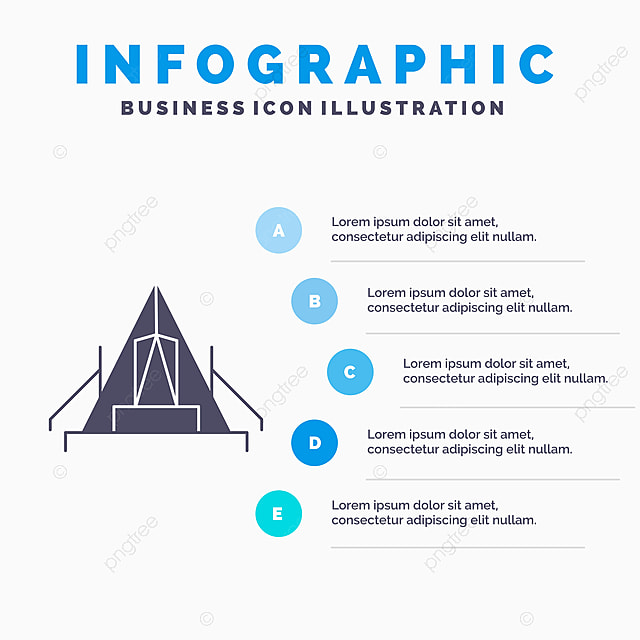Edge angles are necessary parts in building and construction and design jobs. They use stamina, toughness, and adaptability. They are likewise simple to install and can withstand various ecological variables.
Home builders utilize many kinds of angles to create solid, stable frameworks. Some of these angles are for appearances, while others are utilized to boost availability and feature.
Stamina
The toughness of steel angles is important for ensuring that frameworks are safe and can stand up to hefty tons. These parts can be utilized for a selection of projects, from enhancing beams and columns to producing structures for shelving and fence. They are additionally perfect for developing assistance frameworks in industrial atmospheres.
Bent inside corners are an integral part of contemporary design and design, as they assist to disperse stress uniformly throughout the material. This can make a material more powerful and less likely to fracture or fail, especially in products such as glass, stone, and ceramic tile.
Spherical edges in rotomolded parts likewise aid to reduce anxiety focus, which can lead to structural weaknesses and poor quality. Therefore, Gregstrom Corporation recommends that developers make use of rounded corners when creating rotomolded parts. These attributes will certainly improve the general high quality of the ended up product and help to make sure that the shaped component is strong, resilient, and resilient. This will certainly reduce the need for repair work or substitutes with time.
Durability
Rounded inside corners are a necessary part of modern engineering and layout, and they can dramatically increase the stability of structures made from stone or glass. They likewise aid to equally disperse tensile and compressive pressures, which reduce the likelihood of breaking or breakage.
These angles are important to our day-to-day lives, making it less complicated for us to move around in our environments. As an example, wheelchair ramps, stairs, and doorways are designed with accurate angles to guarantee security and ease of access. Furthermore, the ideal angle is utilized in bridges and structures to make sure architectural stability.
In geometry, an angle is the point where two rays meet. It is also known as a vertex. The four corners of a square have an internal angle of 90 levels. Nonetheless, the term is often made use of to define any kind of sort of edge. As an example, in photo frameworks, the leading and bottom rails require 45 degree mitre cuts. This is because the board widths are various.
Convenience
While the appropriate angle is one of the most typical kind of angle, other types can create unique, useful, and aesthetically attractive structures. Whether you're developing a modern-day coffee table or an industrial-style home, utilizing different angles will help you attain the wanted visual.
You can utilize aluminum angle to make custom braces for protecting and strengthening your projects. These brackets are light-weight and solid, so they can endure heavy lots and anxieties. They likewise come in a variety of shapes and sizes, making them a flexible option for a large range of projects.
Several modern-day buildings use bent inside edges to enhance structural security and sturdiness. These bent corners distribute anxiety throughout the structure to prevent weak points and fractures. This is an essential factor to consider for home builders and professionals, especially when collaborating with heavy materials like rock or ceramic tile. Creating a rounded corner can additionally raise the life expectancy of the material and lower upkeep costs. It is necessary to select the right angles for your job, and to guarantee that they are effectively set up to stay clear of any type of potential concerns.
Expense
Curved inside edges are an important part of contemporary architecture and design, as they play an important role in enhancing frame security and sturdiness. They also help in reducing stress and anxiety distribution and decrease breakage. On top of that, they can boost the visual allure of a framework.
The word "edge" typically, yet not always, refers to a 90 level angle. In geometry, nevertheless, the term "angle" is really a factor where 2 lines or sides satisfy (or merge). These points are called vertex, and they can be straight or rounded.
Making use of a bent mitre in a canvas pouch picture frame, for example, calls for cautious computation. The mitre angle is based on the size proportion of the board at each corner. If the boards are of equal size, then they will each call for a 45 level mitre. If the boards are larger, then they will certainly each need a different angle. This circumstance is common in custom structures, where the top and bottom rails are usually broader than the side rails.
